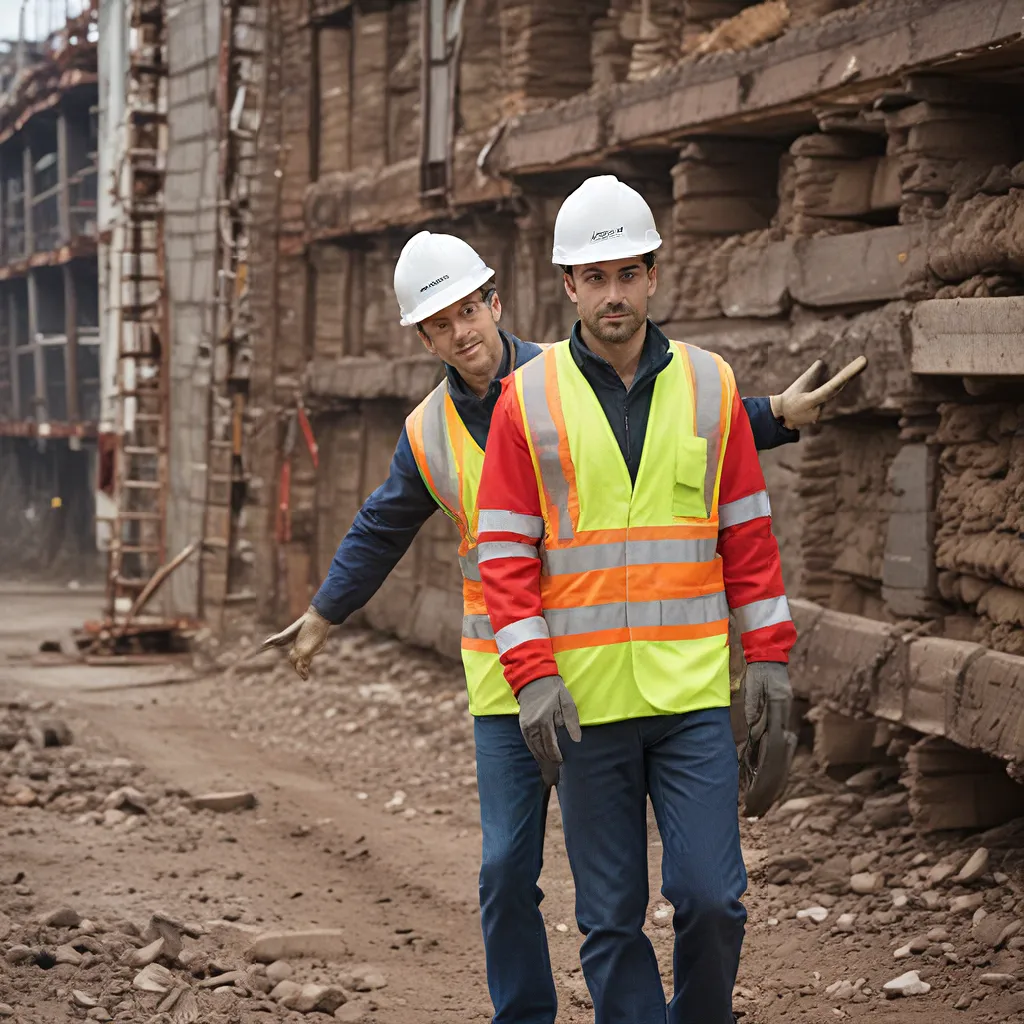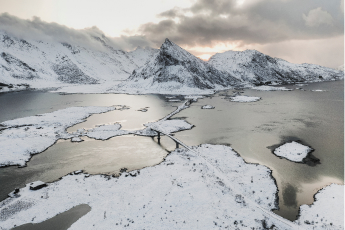
As a passionate drone enthusiast, I’ve always been fascinated by the incredible potential of these flying machines. From capturing breathtaking aerial footage to revolutionizing industries, drones have truly transformed the way we perceive and interact with our world. However, with great power comes great responsibility, and that’s where the Arctic Expedition Cruise Operators (AECO) come into play.
Understanding AECO and Its Role in the Arctic
AECO is a non-profit organization that serves as the association for expedition cruise operators and maritime tour operators in the Arctic region. Established in 2003, AECO’s mission is to ensure responsible, environmentally-friendly, and safe cruise operations in the Arctic, ultimately preserving the fragile and awe-inspiring ecosystem for generations to come.
As the Arctic continues to face the devastating effects of climate change, with melting glaciers and sea ice, it’s crucial that we take proactive measures to mitigate our impact on this delicate region. That’s where AECO’s Operational Guidelines come into play, providing a comprehensive framework for responsible and sustainable expedition cruise operations.
Navigating AECO’s Operational Guidelines
At the heart of AECO’s Operational Guidelines lies a deep commitment to ensuring the safety of both passengers and the environment. These guidelines cover a wide range of areas, from wildlife interactions and waste management to cultural considerations and emergency preparedness.
Wildlife Interactions
One of the primary concerns when operating in the Arctic is the potential impact on the native wildlife. AECO’s guidelines emphasize the importance of maintaining a respectful distance from animals, ensuring that our presence does not disrupt their natural behaviors or habitats. This includes specific recommendations on approach distances, as well as guidelines for avoiding sensitive areas and minimizing disturbance during critical periods, such as breeding and nesting seasons.
Waste Management
Responsible waste management is crucial in the Arctic, where the remoteness and fragility of the ecosystem make it particularly vulnerable to pollution. AECO’s guidelines mandate strict protocols for the handling and disposal of all waste, including hazardous materials, sewage, and general refuse. Operators are required to minimize waste production and implement robust recycling and reuse programs to ensure that the environmental impact is kept to an absolute minimum.
Cultural Considerations
The Arctic is home to a rich tapestry of indigenous cultures, and AECO’s Operational Guidelines emphasize the importance of respecting local traditions and customs. This includes guidelines for engaging with local communities, obtaining appropriate permissions, and avoiding disruption to cultural practices. By fostering a spirit of cultural sensitivity and mutual understanding, AECO aims to ensure that expedition cruise operations contribute positively to the well-being of the region’s inhabitants.
Emergency Preparedness
Operating in the harsh and unpredictable Arctic environment requires a high level of emergency preparedness. AECO’s guidelines mandate comprehensive safety and emergency response plans, including contingency measures for medical emergencies, search and rescue operations, and environmental incidents. Operators are required to maintain robust communication systems, train crew members, and collaborate with local authorities to ensure the safety of all participants.
Putting the Guidelines into Practice
Implementing AECO’s Operational Guidelines is no easy task, but the dedication and commitment of expedition cruise operators in the region are truly commendable. Companies like Hurtigruten, Lindblad Expeditions, and Quark Expeditions have all embraced these guidelines and are working tirelessly to set the standard for responsible and sustainable Arctic tourism.
Through their efforts, we’re seeing a growing emphasis on eco-friendly technologies, renewable energy sources, and innovative waste management solutions. Operators are also collaborating with local communities, supporting conservation initiatives, and investing in research to deepen our understanding of the Arctic’s fragile ecosystem.
Challenges and Ongoing Efforts
Of course, operating in the Arctic is not without its challenges. Extreme weather conditions, limited infrastructure, and logistical complexities can all pose significant obstacles to maintaining the highest standards of safety and environmental stewardship. Balancing the demands of tourism with the need for conservation is an ongoing struggle that requires constant vigilance and adaptation.
Researchers and policymakers are continuously working to address emerging issues, refine best practices, and develop new technologies to support the sustainable development of the Arctic region. Ongoing studies on topics like marine litter, wildlife management, and pollution mitigation are helping to inform the evolution of AECO’s Operational Guidelines.
Embracing the Future of Responsible Arctic Exploration
As a drone enthusiast, I can’t help but be inspired by the way AECO and its member operators are embracing the future of responsible Arctic exploration. By prioritizing safety, environmental preservation, and cultural sensitivity, they’re paving the way for a new era of sustainable tourism that respects the delicate balance of this remarkable region.
While the challenges are daunting, the determination and innovation of these organizations fill me with a sense of hope and optimism. I’m convinced that, with continued collaboration, research, and a steadfast commitment to the principles laid out in AECO’s Operational Guidelines, we can ensure that the Arctic remains a pristine and awe-inspiring destination for generations to come.
So, the next time you’re planning an Arctic adventure, be sure to look for tour operators that have adopted AECO’s best practices. By supporting these responsible and forward-thinking companies, you’ll not only witness the breathtaking beauty of the region but also play a vital role in preserving its fragile ecosystem. Together, we can explore the Arctic with wonder and reverence, leaving only footprints in the snow and memories that will last a lifetime.











